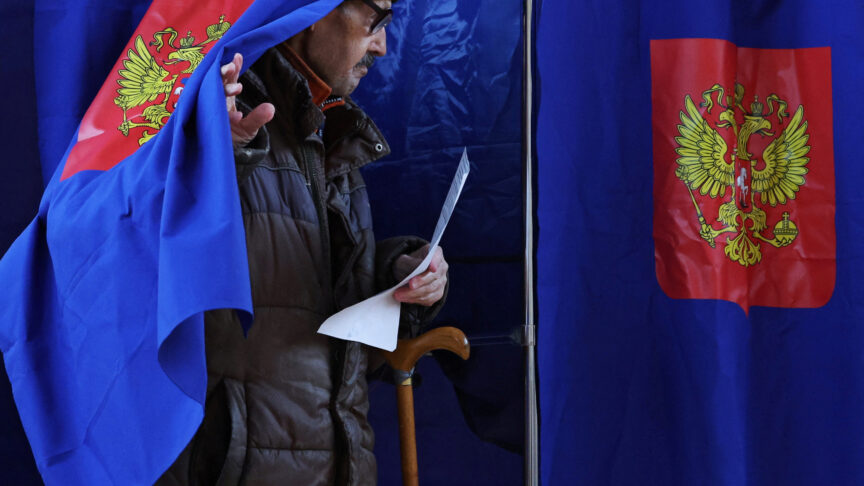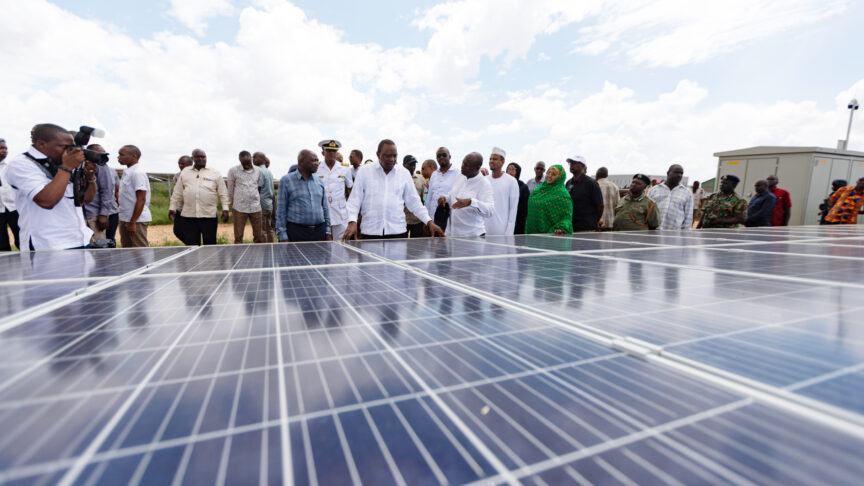The IKEA guide to Lisbon
Implementing the Lisbon Treaty is the bureaucratic equivalent of putting together an IKEA flat-pack table. First step: read the instructions.
When EU leaders bought the Lisbon Treaty last year, they may have believed they’d bought a hi-tech gadget that could be painlessly plugged into the Brussels framework. Instead, they’ve found that the Swedish presidency sold them the bureaucratic equivalent of an IKEA flat-pack table. Like all IKEA products, the treaty is very clever in theory, but comes in a thousand pieces with an incomprehensible instruction booklet. Put it together wrong, and it’ll fall apart tomorrow.
So while European pundits like to quote Jean Monnet and Jacques Delors as their guides, they might do well to turn to the wisdom of IKEA’s founder Ingvar Kamprad. He once instructed his designers to make sure that simplicity and common sense characterise their blueprints. The opposite principles seem to guide the EU. Even more important, however, EU leaders would do well to remind themselves of the mistakes usually made when assembling IKEA products for they seem intent on repeating many of them.
The first mistake is to ignore the instructions. Everyone who has ever assembled flat-pack furniture knows how dangerous this is. The drafters of the Lisbon Treaty had a design in mind: an EU that could more effectively use the different resources and assets at its disposal. For instance, when the EU deals with a country such as Egypt, they did not want trade issues to be dealt with in isolation from human rights, politics, aid or military matters. Or for the EU to invest heavily in post-conflict capabilities, but neglect the task of conflict prevention.
Yet in the discussions about the details of the External Action Service, a key part of the Lisbon set-up, the designers’ intent is being deliberately overlooked. Instead of ensuring that resources for conflict prevention, civilian reconstruction and military intervention are institutionally integrated, EU member-states are keeping the various resources separate. For its part, the European Commission has demanded that its (far greater) resources for conflict-handling also be kept separate. But it is exactly this unwieldy divide between the European Commission and the Council Secretariat and a dogmatic conceptual distinction between security and development issues that undermines EU policy towards fragile and failing states. The Lisbon Treaty was meant to help the EU move beyond such damaging divisions, but the diplomatic DIYers seem to be ignoring the designers’ intent entirely.
Another common mistake in DIY is leaving one or two key vital elements out of the construction. There is evidence of this, too, in the creation of the EU’s diplomatic corps. Up to now the European Development Fund and Development Co-operation Instrument have been managed exclusively by the European Commission, led by Jose Manuel Barroso. The former fund has a budget of 22.7 billion euros over 2008-2013 to distribute among former colonies. The latter has been granted 16.9 euros for 2007-2013.
Article 208 of the Lisbon Treaty states that Europe’s development policy “shall be conducted within the framework of the principles and objectives of the Union’s external action.” Respecting the designers’ intent would mean ensuring that development experts are as much part of the EU’s external action service as European diplomats and that the High Representative and the Commissioner for Development allocate the EU’s resources together. But there is no agreement on this, yet.
A third problem for DIYers – even diplomatic ones – is forgetting to put in place the crucial but often hidden elements, only to discover that without a cross-bar, the structure is weaker. Everyone working in the Commission or the Council Secretariat wants to report directly to the High Representative. Every government wants their diplomats in the EU system to have unimpeded access to the top – via an overly strong Secretary-General. But experience shows that this makes for a sub-optimal organisation. So the High Representative and her senior official, the Secretary-General of the EAS, will need deputies with whom they can share their workload.
Finally, there is nothing more disappointing than having assembled a new piece of furniture to find that it does not last or that it doesn’t go with the room. The EU’s set-up faces the same danger. To avoid this, the whole set-up should be reviewed in couple of years time to judge its effectiveness. Even better, High Representative Catherine Ashton could begin a review of one or two areas, for example the EU’s crisis management and peace-building capabilities, to ensure that the best structure is created.
Even when you have decided to assemble something yourself it is worth listening to the professionals. In A Furniture Dealer’s Testament, the IKEA founder writes: “a manager who divides his resources will invariably be defeated.” This is sage advice to European DIYers. EU decision-makers should staff the EU’s diplomatic service according to its priorities. Right now, the existing structures reflect past priorities, rather than the EU’s declared aims. The EU should put its resources into three priority areas: the EU’s neighbourhood; crisis management and peace-building capabilities; and emerging powers like China and India. That is where it does need additional expertise.
Only those who are asleep make no mistakes, said Kamprad. EU DIYers will undoubtedly make mistakes as they construct the Lisbon structure. But familiarising themselves with the most common mistakes like the dangers of ignoring the designers blueprint should help European governments avoid the biggest mishaps.
Franziska Brantner MEP is the spokesperson on foreign affairs for the Greens / European Free Alliance grouping in the European Parliament. Daniel Korski is a senior policy fellow at the European Council for Foreign Relations.
A version of this piece was first published by European Voice.
The European Council on Foreign Relations does not take collective positions. ECFR publications only represent the views of their individual authors.


